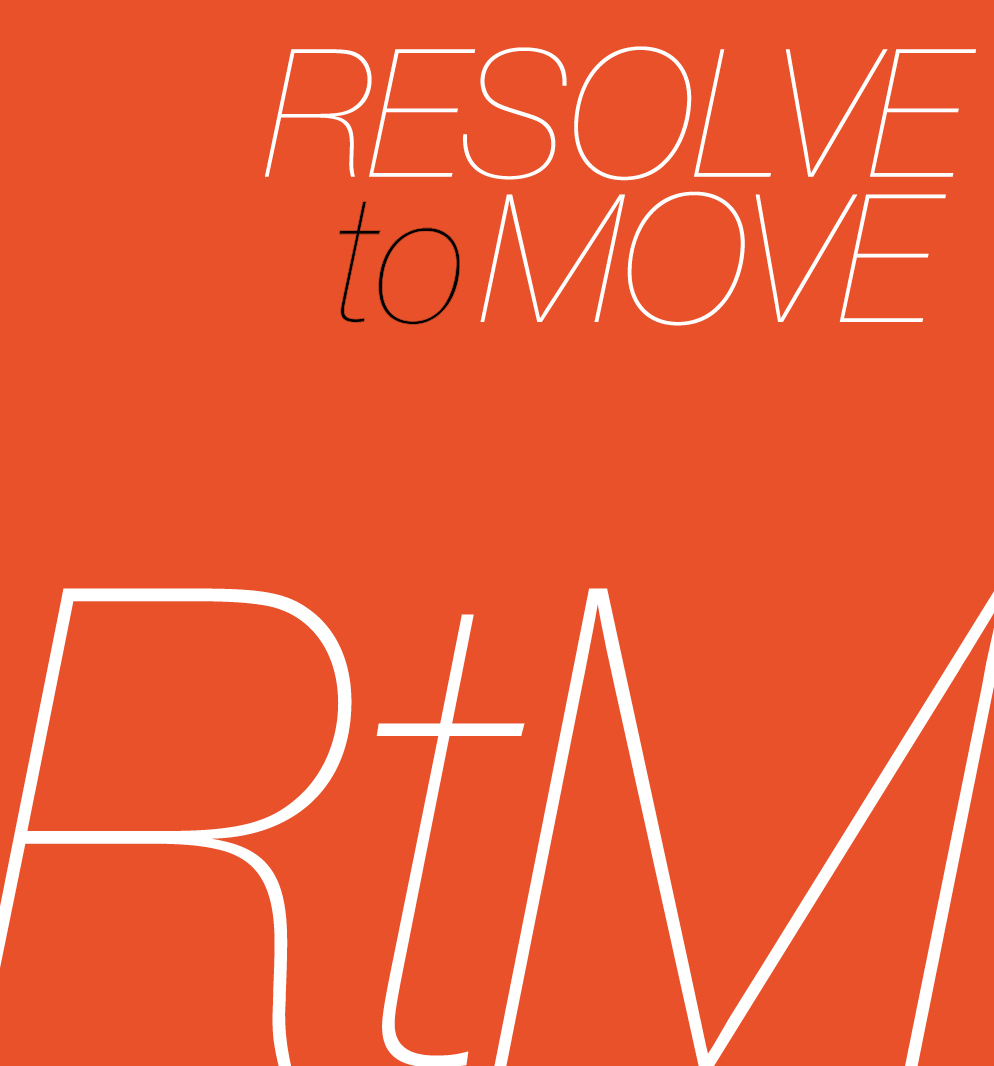Thanks
Funny story. When I first started working out I remember my abs being sore (along with a lot of other body parts). Not only were they sore but I noticed that I started to develop what I thought were tumors on my sides - which were sore to the touch. I made an appointment to see my doctor because when I was younger I had Inguinal Hernias and...I don’t know my mind started to go a little wild and...Lying on the doctors table and she is examining me and she is poking and proding - “does this hurt?”, “what about this?”. She asked a few more questions and her final question was “Do you workout?”. I launched into how I had just started working out and I am loving it blah, blah, blah. Doctor put her hand on my shoulder and said “Denise these are muscles not tumor. I wont charge you your co-pay. We are going to pretend that you were never here”. My abs were the first part of my body to respond to working out and amazingly are the one part of my body that I am able to maintain. I knew from the get go the importance of my abdominals but it wasn’t until I got my Pilates certification did I learn more about my “powerhouse” and man am I grateful. Thank You!!!
THE FOUR MAIN ABDOMINAL MUSCLE GROUPS
Rectus Abdominis – Muscle runs along the front wall of your abdomen. The muscle begins at the pubic bone and ends at the sternum. The main function of the rectus abdominus is flexion of the trunk and the lower fibers contribute in hip flexion as well. Rectus Abdominis is the most popular of the 4 abdominal muscles - often referred to as the “six-pack abs.”
External Obliques - Muscles are a pair of muscles located on each side of the torso near the front of the body. The external obliques are best known for lateral flexion, rotation and compression of the abdomen.
Internal Obliques - Muscles are a pair of muscles that are located on each side of the torso, inside the hip bones. These muscles are the second deepest layer - they lie beneath the external obliques and and is superficial to the transverse abdominis. Along with the external obliques, the internal obliques are also involved lateral flexion, rotation and compressing the abdomen.
Transversus Abdominis (also known as the TVA, transverse abdominus, transversalis muscle and transverse abdominal muscle) – the deepest muscle layer - lies beneath both external and internal obliques and also wraps around your spine (similar to a corset). The transversus abdominus offers support for your back and helps to stabilize your trunk. Also helps with the breathing process - assisting in exhalation. A strong transverse abdominis provides you with a solid foundation for movement.
Combined, all 4 of these muscle creates a muscular corset which stabilzes your entire body. Most of the movements that we engage in originate from the core so why not keep it strong? The benefits are plentiful - improve posture and balance, alleviate back pain, better althletic performance...I could on and on but I thank you!!!
At the age of 18, I made up my mind to never have another bad day in my life. I dove into a endless sea of gratitude from which I’ve never emerged.
Patch Adams

